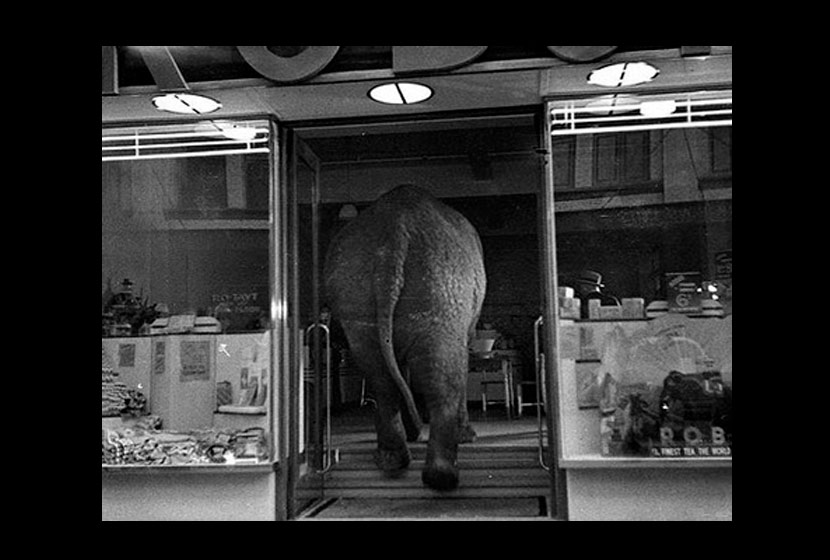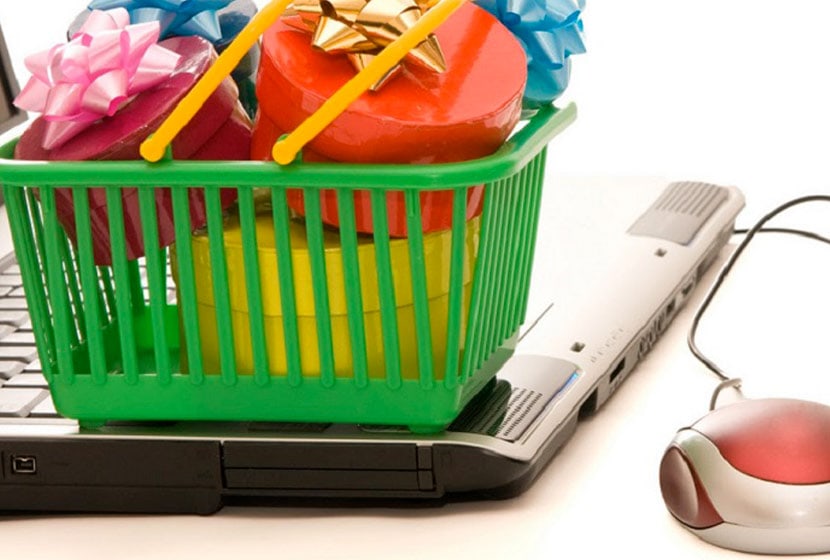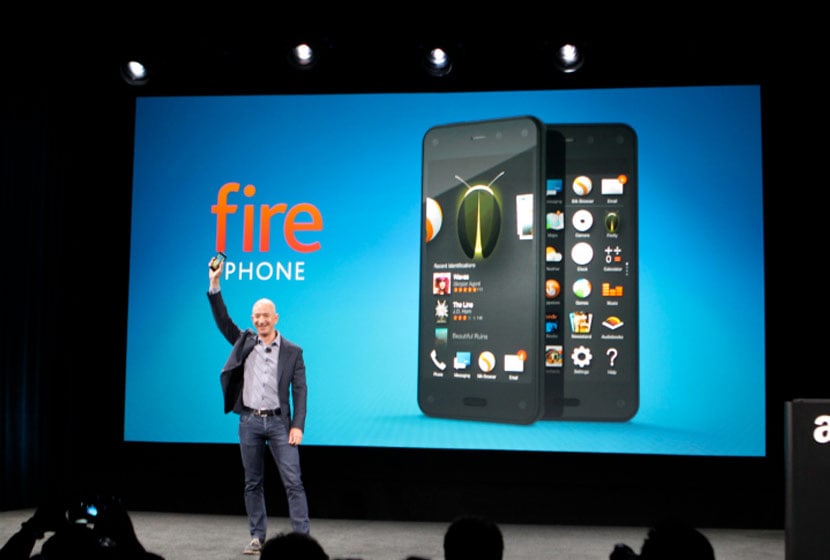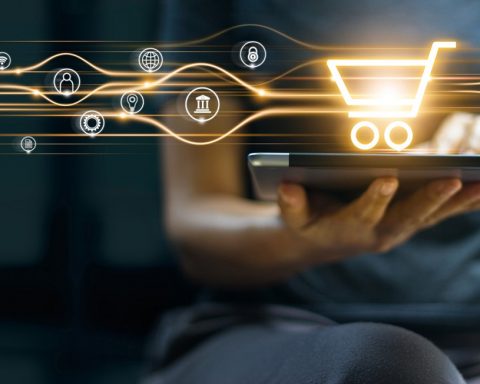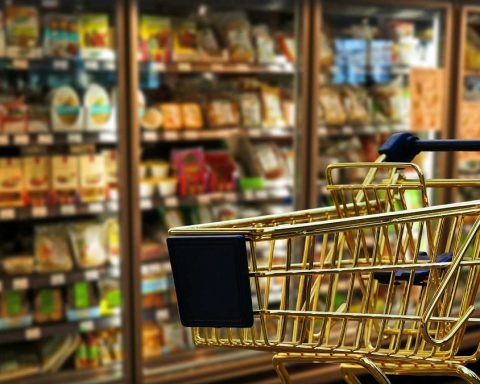The amount of customer data available is growing at a dizzying rate and is the foundation for the development of cross-channel commerce and customer loyalty. How to benefit from it? What examples have already been achieved? Analysis of a revolution in progress.
 In just 20 years of existence, which it celebrates this July, Amazon has not only built the world's most efficient virtual store, with an infinite product offering and customer service that sets the standard. The Seattle-based giant, as is less well known, is also the forerunner of Big Data applications in retail. Perhaps the explanation lies in the fact that before being a retailer, Amazon is a technology company. A very particular DNA, which provides daily examples of intelligent commerce, i.e. inspired and dictated by the needs of the 244 million active customers or, rather, their behaviours, their "online" browsing history, their purchases... in short, their data.
In just 20 years of existence, which it celebrates this July, Amazon has not only built the world's most efficient virtual store, with an infinite product offering and customer service that sets the standard. The Seattle-based giant, as is less well known, is also the forerunner of Big Data applications in retail. Perhaps the explanation lies in the fact that before being a retailer, Amazon is a technology company. A very particular DNA, which provides daily examples of intelligent commerce, i.e. inspired and dictated by the needs of the 244 million active customers or, rather, their behaviours, their "online" browsing history, their purchases... in short, their data.
It is from this raw material, transformed by its algorithms, that Amazon derives its competitive advantage: shopping suggestions, for example, are personalised, unlike the massive couponing mechanism, which hits its target more or less distinctly: 97% of the coupons sent to customers end up in the trash! In other words, "surgical shooting" replaces the bazooka. All the more so as Amazon's prices adapt in real time to those of the competition, to convince the customer to remain loyal.
On Amazon's American site, product prices change... 1736 times per minute, according to a study by Profitero. (1). This data does not only benefit the client. It feeds, in a virtuous loop, sales forecasts, stock reliability... The entire organization is bathed in a Big Data logic.
Predictive commerce is no longer a fantasy
 One of Amazon's "crazy" projects over the next few years will be to start delivering products to homes before they are even ordered. Unlikely? Maybe not, as Jeff Bezos' firm is becoming more and more anchored in consumers' daily lives, with its future smartphone (the Fire Phone) or its famous "Dash" remote control, connected via Wi-Fi and equipped with a barcode reader, which allows you to shop online from the sofa.
One of Amazon's "crazy" projects over the next few years will be to start delivering products to homes before they are even ordered. Unlikely? Maybe not, as Jeff Bezos' firm is becoming more and more anchored in consumers' daily lives, with its future smartphone (the Fire Phone) or its famous "Dash" remote control, connected via Wi-Fi and equipped with a barcode reader, which allows you to shop online from the sofa.
Seen in this light, predictive commerce is no longer a fantasy. Big Data is indeed giving it flesh, feeding it an exponential curve of personal data. Their production is boosted by the increasing equipment and usage rates of terminals such as smartphones and tablets, not to mention, soon, connected objects. One figure to be sure: 90% of personal data produced worldwide has been produced... over the last two years. Another one to convince oneself of the urgency to act, or risk being overwhelmed: less than 1% of them are analyzed. (2).
Big data, base of the cross channel
 In this context, retailers clearly have everything to gain by switching to a Big Data and even "smart data" logic. This means moving from a quantitative data collection process to a qualitative and intelligent use of data. The objective? To pave the way for predictive commerce, whose relevance influences purchasing decisions at every stage of the process: the formation of purchasing motivation, gathering information about the product, comparing it (price, customer service, etc.), purchasing and then payment.
In this context, retailers clearly have everything to gain by switching to a Big Data and even "smart data" logic. This means moving from a quantitative data collection process to a qualitative and intelligent use of data. The objective? To pave the way for predictive commerce, whose relevance influences purchasing decisions at every stage of the process: the formation of purchasing motivation, gathering information about the product, comparing it (price, customer service, etc.), purchasing and then payment.
The set provides the practical foundation for the new distribution mantra of cross-channel. The future growth of the business is based on a cross-channel offer and experience, but one that requires an individual consideration of the customer, his needs and background, and a personalization of the relationship. Customer loyalty is at this price, and requires proof.
Customers want the best in digital and in store
 Cross-channel makes sterile the eternal debates opposing the store to the web, or stirring up the threat of showrooming or webrooming. The latest Wincor/Ifop study (3) shows that customers want to benefit from all the conveniences and, more prosaically, enjoy the best of both worlds: find out more online (46%), continue to buy in store (62%), where they discover the product and benefit from sales advice (20%).
Cross-channel makes sterile the eternal debates opposing the store to the web, or stirring up the threat of showrooming or webrooming. The latest Wincor/Ifop study (3) shows that customers want to benefit from all the conveniences and, more prosaically, enjoy the best of both worlds: find out more online (46%), continue to buy in store (62%), where they discover the product and benefit from sales advice (20%).
All channels become complementary. But each of them must be at the same level: the customer wants to consult product reviews in store (on a terminal, on a mobile application...), while the connected salesperson can order an unavailable product on behalf of the customer, or access the customer's database, in order to provide him/her with tailor-made advice. Conversely, in e-commerce, we can think of a scheme in which the product ordered online can be delivered 24/7 to a locker, which will also serve as a place of return if the customer is not satisfied.
 The good news is that dealers already have more or less the pieces of this big puzzle. What more reliable data can you imagine than the data from the till receipts? Precise composition of the shopping basket, types of articles, recurrence of purchases, measurement of promotional impact, loyalty card data, associated bank card number...
The good news is that dealers already have more or less the pieces of this big puzzle. What more reliable data can you imagine than the data from the till receipts? Precise composition of the shopping basket, types of articles, recurrence of purchases, measurement of promotional impact, loyalty card data, associated bank card number...
Today, much of this collected data is little or not exploited. However, they are within reasonable reach: since 2001 and dematerialization, receipt data has been stored in PDF format as an electronic journal.
For retailers, this pool of data is becoming even richer as online and cross-channel purchasing paths develop, such as drive or click and collect. Not forgetting mobile commerce ("m-commerce"), which is based on mobile or tablet applications, on which the customer composes his shopping basket, possibly providing information on his eating habits, his wishes in terms of payment and delivery...
Walmart's "e-ticket", a new source of data
 Walmart is already exploring this new field of possibilities. The world's first retailer, engaged in a forced cross-channel transformation, launched an e-receipt project a few weeks ago. The logic is as follows: offer the customer, identified by his smartphone number, to receive an electronic receipt via the Walmart mobile application.
Walmart is already exploring this new field of possibilities. The world's first retailer, engaged in a forced cross-channel transformation, launched an e-receipt project a few weeks ago. The logic is as follows: offer the customer, identified by his smartphone number, to receive an electronic receipt via the Walmart mobile application.
The retailer intends to make much more dynamic use of this digitized data, for example to address targeted couponing on its customers' smartphones. Even better: these advantages can be directly implemented in the customer's shopping list. To make it easier for customers to convert to the e-receipt, Walmart simply offers them to dial their telephone number at the checkout terminal in the store. (4).
The enthusiasm of the prospects should not, however, mask the practical difficulties faced by distributors. If targeted couponing is not further developed, it is first of all because it is more convenient for a retailer to turn it into a mass medium. The reason is essentially organizational: different services would have to be decompartmentalized. The CRM holds the customer history, the cashier manages the sales receipt and payment, couponing is the responsibility of the promotions department...
An additional difficulty is that, in a computer market oriented towards "cutting", each department sometimes has its own software. On the other hand, the IT partner's offer must also prove that it is structured on a Big Data model, i.e. be able to collect the most relevant data and then manage it dynamically.
Every profession must become aware of the value of this data heritage. Aligning the whole creates "smart data" and added value for the customer and the company.
A modern approach that will also have to deal with new pitfalls: the protection of these data and a clear and transparent policy for their management are indispensable. These are essential components of the new contract of trust between the distributor and its customer. Finally, perhaps we should avoid the sometimes exotic examples linked to Big Data. If football, too, is beginning to bathe in data (Arsène Wenger, the Arsenal coach, uses player data from each match to determine his recruitment, for example), is it clear that Brazil will win "its" World Cup, as predicted by the Goldman Sachs bank? (5) Otherwise, stores would have a hard time selling Brazilian jerseys. »
Laurent HouitteMarketing & Alliances Director at Wincor Nixdorf
(1) http://blog.profitero.com/2013/12/profitero-reveals-that-amazoncom-makes.html
(2) http://monetate.com/infographic/the-retailers-guide-to-big-data/
(3) "The French buying journey in 5 key steps: Internet has become the best friend of the points of sale!" Ifop/Wincor Nixdorf study, June 2014
(4) http://www.mobilecommercedaily.com/walmart-builds-ereceipts-platform-for-better-mobile-in-store-experiences
(5) http://blogs.wsj.com/moneybeat/2014/05/28/goldman-sachs-predicts-the-world-cup-winner/

